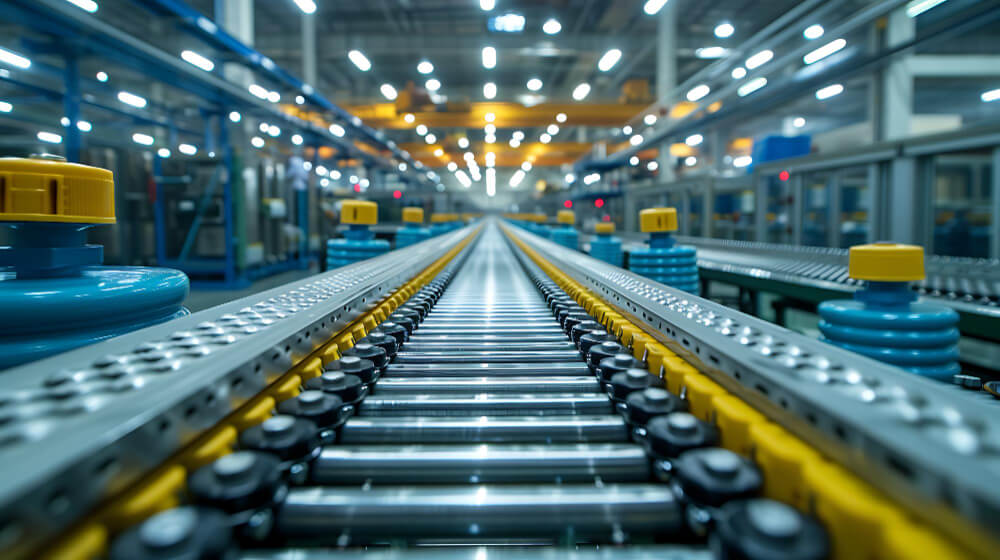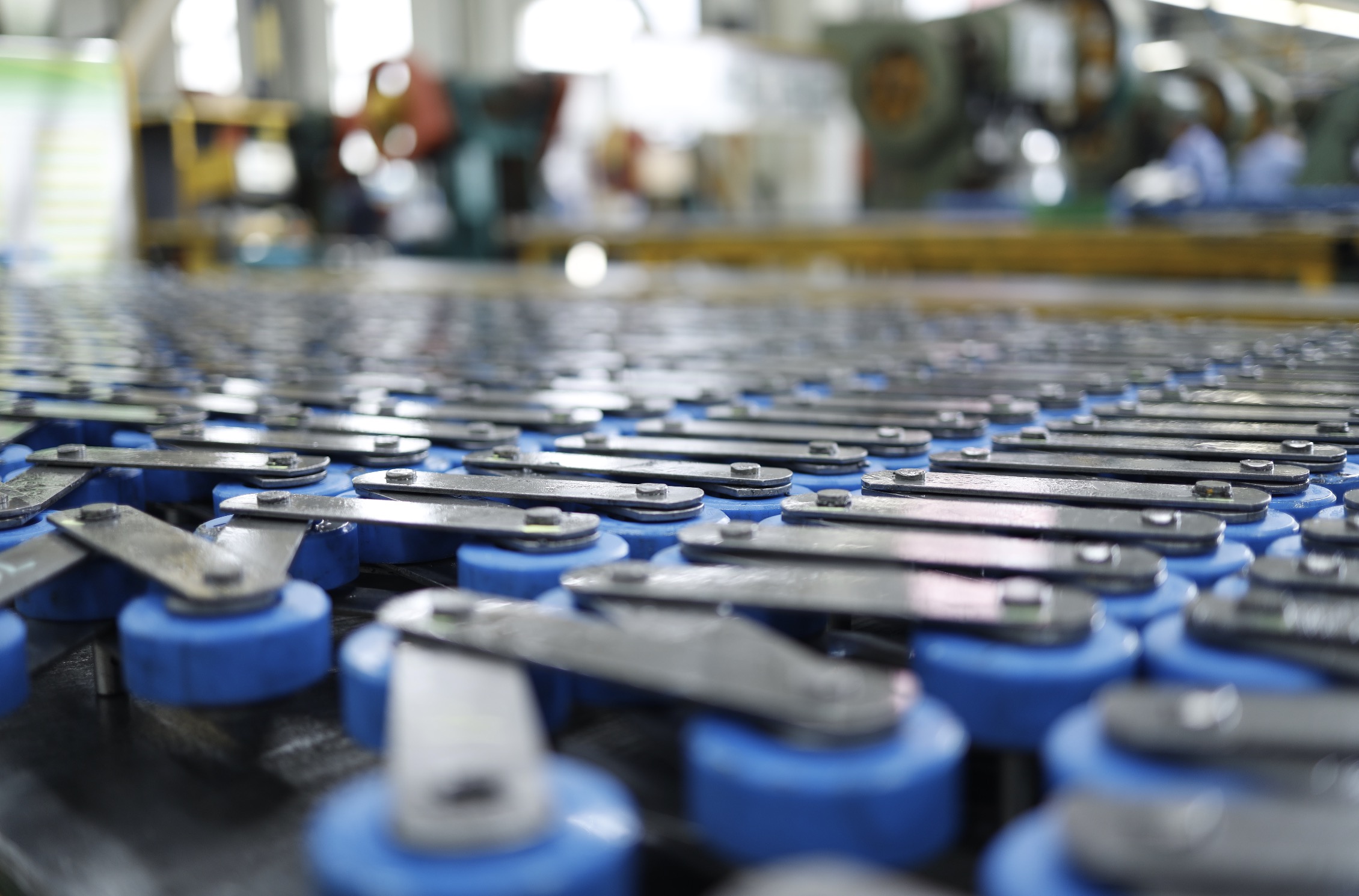A roller chain or bush roller chain is a type of chain drive commonly employed for mechanical power transmission. It consists of several short cylindrical rollers connected by side links and driven by an engaging sprocket wheel with teeth.
In 1880, Hans Renold revolutionized the roller chain by adding a bush to the traditional pin and link design. This groundbreaking innovation revolutionized the industry and continues to shape what we know today.
Early designs
Roller chain has a rich and diverse history, with numerous engineers contributing their talents and know-how to its invention. Whether Philo of Byzantium invented the first repeating crossbow or Hans Renold added the bush to the chain, the roller chain remains an incredible innovation that should be celebrated by all who use it today.
Roller chains are composed of journal bearings that rotate as they enter and exit the sprockets. This motion causes wear on pins and bushings in the chain.
James Slater
British millwright James Slater from Bolton was the first to patent a roller chain in 1864. His invention solved issues at the point of engagement with sprockets but did not completely eliminate rapid wear problems.
Hans Renold, a Swiss engineer, moved to Manchester in 1873 and soon acquired Slater’s small textile chain manufacturing business. From there, he created an entirely new type of chain that would revolutionize the industry forever.
Hans Renold
Hans Renold was an inspiring engineer who revolutionized chain technology. He also popularized management techniques and popularized Frederick Winslow Taylor’s ideas in the UK.
He advocated for close collaboration between workers and management, developing an advanced system of ‘constitutional management.’ This stressed the significance of working together with people when creating products or services.
The company rose rapidly and expanded internationally, producing chains for aircraft, bicycles, and motorcycles. Additionally, it provided munitions during the First World War.
In addition to chains, the business also manufactured wheel components and couplings. A major merger with John Holroyd & Co in the 1960s added even more power transmission products into its arsenal.
Automation and standardisation
Standardization has become a vital tool in many industries to reduce costs and boost productivity. From cutting out variances during design/engineering stages to providing standard industrial panels, enclosures, and climate solutions – standardization has enabled manufacturers across numerous sectors to automate their processes.
Roller chains are an integral component of machinery used in the manufacturing industry that requires power transmission. They efficiently transfer energy, minimizing any loss when changing gears.
Modern design
Modern roller chain design has seen the introduction of lubrication, an essential step in maintaining quiet running and long-term functional reliability. Lubricating the chains ensures proper grease distribution for optimal efficiency and maximum longevity.
Roller chains require precise tensile strength measurements in order to guarantee proper working load and service factor. Generally speaking, roller chain specifications call for a minimum tensile strength that will support approximately 1/6 or 1/9 of the total rated chain load.
Suzhou Universal Technology manufactures chains and sprocket wheels of all kinds, such as motorcycle chains, leaf chains, agricultural chains, conveyor chains, double-pitch chains, and more. Furthermore, they specialize in producing special and customized chains to meet client demands.


